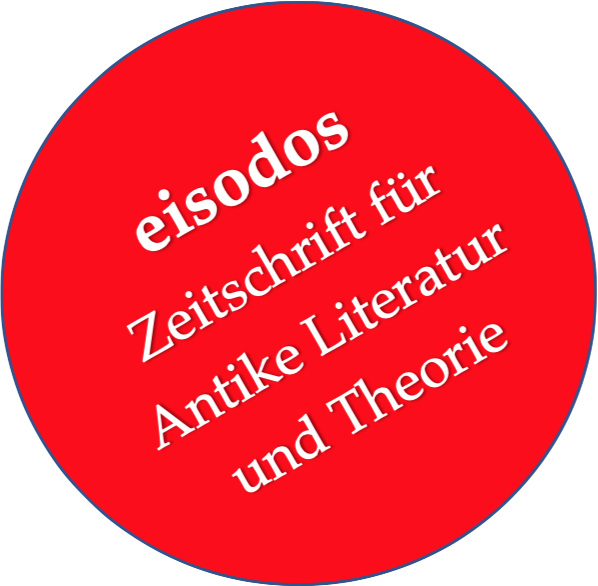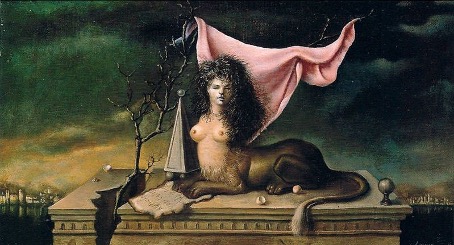This Sphinx Which Is Not One
The Power of Non-Binariness and Intersex in the Egyptian and Greek Representation of the Sphinx(es)
Abstract
Oedipus is on the journey from Corinth to Thebes when he encounters the Sphinx, who harasses the city of Thebes and kills whoever cannot solve her riddle. Only Oedipus is able to do this. The Sphinx, defeated, commits suicide. As a reward for this liberation, Oedipus is crowned king of Thebes and receives the widowed queen Jocasta, his mother, as his wife. As a winged being with a human head (and bust) and a lion's body, the sphinx figure shapes ideas of knowledge and dangerous power. Depicted in Ancient Egypt as a male mythical creature, in Ancient Greece as a female figure, multiple representations and sculptures such as those at Giza or the paintings of the French artist Ingres adorn the sphinx, as do narrative imaginaries that are still prevalent today.
This article aims to demonstrate the non-binariness of the mythological figure and to show the Sphinx as a transcendental being through a discussion of gender images under the three hierarchical power constructs of the masculine, language and knowledge. This will be done using the traditions of Apollodorus, Euripides and Sophocles, as well as modern linguistic and interpretive approaches by Muriel Rukeyser and Julia Kristeva.
Published
Issue
Section
License
Copyright (c) 2025 Johanna Böttiger

This work is licensed under a Creative Commons Attribution 3.0 Unported License.
Autorinnen und Autoren, die in eisodos einen Beitrag veröffentlichen, bleiben in Besitz des Copyrights, garantieren aber eisodos das Recht auf Erstpublikation. Mit der Publikation wird der Artikel einer Creative Commons Attribution License (CC BY) unterstellt, die es erlaubt, den Artikel unter vollständiger Nennung der bibliographischen Angaben (Nennung von Autorname und Erstpublikation in eisodos) mit anderen zu teilen.
Es steht den Autorinnen und Autoren frei, ihren Beitrag außerdem in anderen Medien (bspw. auf der universitären Homepage oder als Kapitel in einem Buch) in nicht-exklusiver Weise und unter Nennung der Erstpublikation in eisodos zu veröffentlichen.
Autorinnen und Autoren werden ausdrücklich dazu ermuntert, ihren Beitrag vor und während der Veröffentlichung in eisodos online zu diskutieren (bspw. auf ihrer eigenen oder der universitären Homepage). Dies führt zu produktivem Austausch und zu früherer Kenntnisname und Verwendung des im Anschluss daran in eisodos veröffentlichten Beitrags sowie der Verweisung auf ihn.


